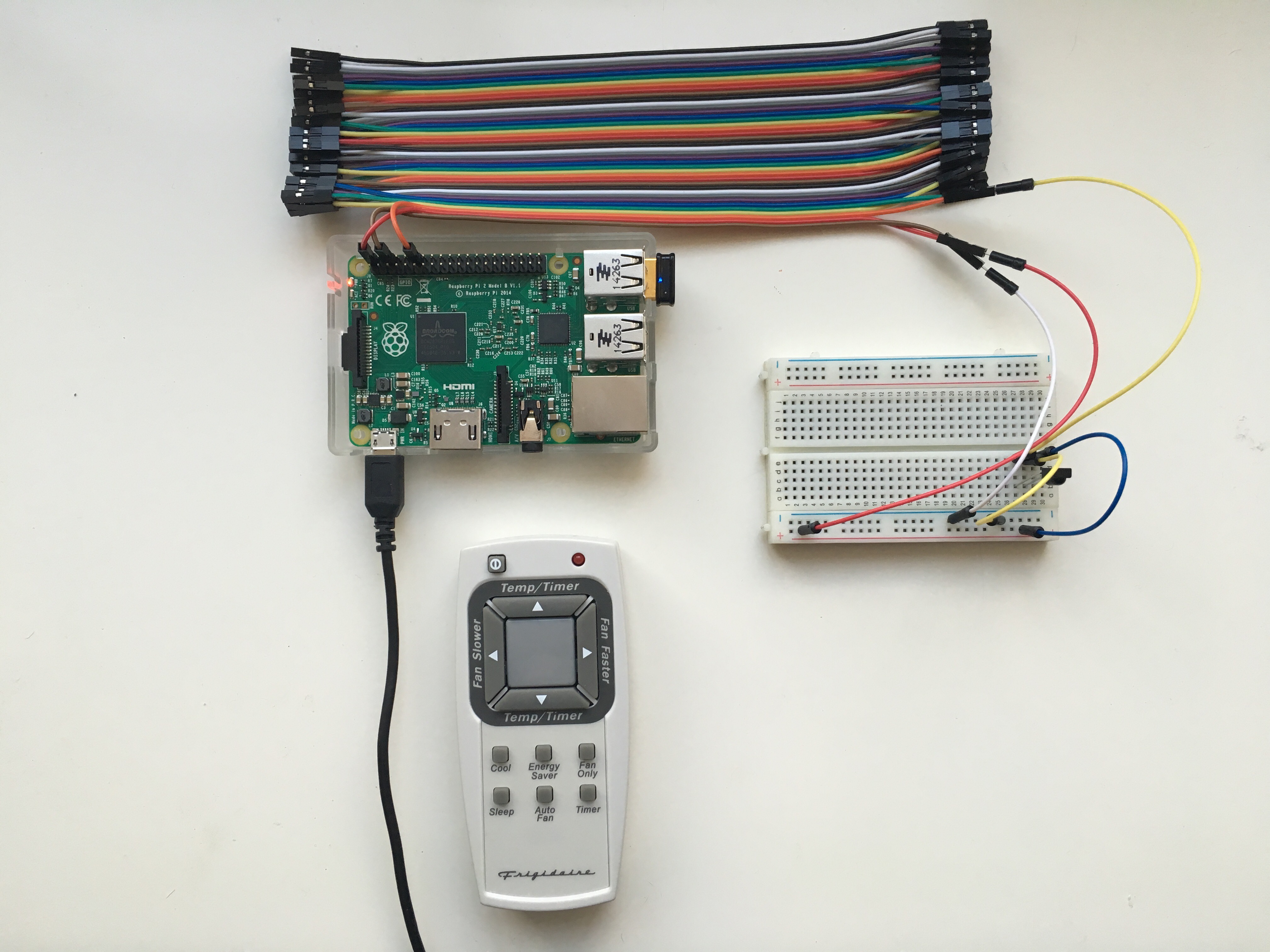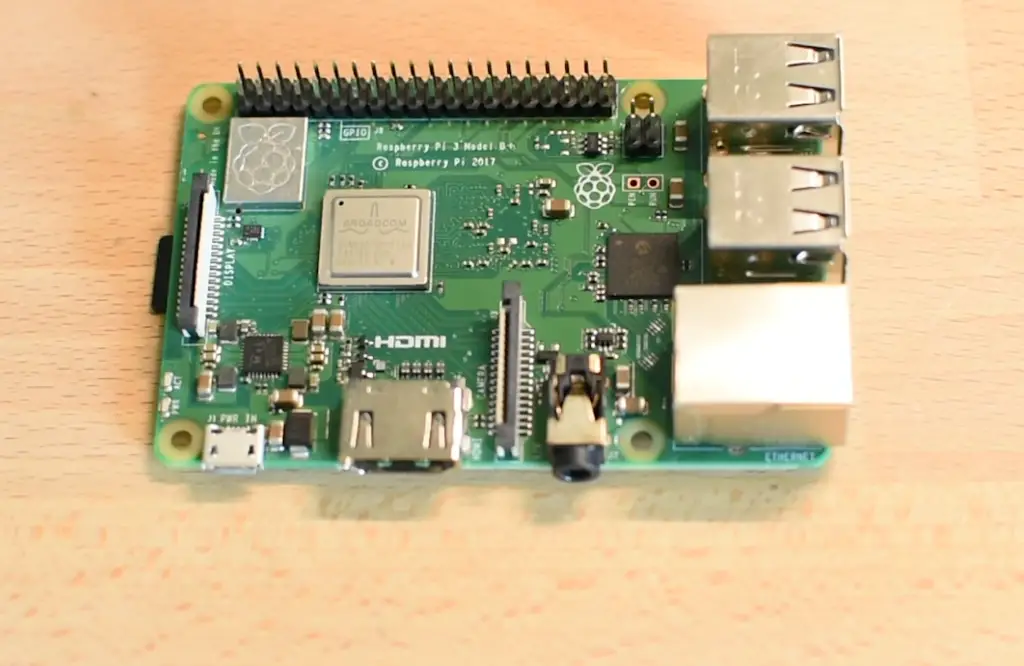Are you ready to unlock the full potential of your Raspberry Pi, even when you're miles away? Harnessing the power of remote batch jobs on your Raspberry Pi is no longer a futuristic dream, but a readily accessible reality, offering unprecedented control and efficiency.
The world of remote work and interconnected devices has exploded, and the humble Raspberry Pi has become a key player in this technological revolution. The ability to manage and automate tasks on a Raspberry Pi from anywhere in the world opens up a vast array of possibilities, from streamlining personal projects to managing complex industrial systems. The power to execute complex scripts, monitor systems, or even manage IoT devices without physical presence is within your grasp.
Let's delve into the core concepts of remote batch job management with the Raspberry Pi.
- Snoop Doggs Grammy Journey Zero Wins Despite 16 Nominations
- Venus Dimples What They Are Why People Love Them
At its essence, a remote batch job involves executing a pre-defined set of commands or a script on a remote device, in this case, your Raspberry Pi. This is usually a task that can be automated and executed in the background, without the need for constant user interaction. This could range from simple data processing tasks to complex system administration procedures. This is made possible through a variety of technologies, most commonly the Secure Shell (SSH) protocol.
The benefits of such a setup are manifold. Firstly, it allows for significant time savings. Imagine the convenience of initiating a lengthy data backup or a complex software installation remotely, without being tied to the physical location of your Raspberry Pi. Secondly, it enhances efficiency. By automating repetitive tasks, you free up valuable time and resources, allowing you to focus on more strategic initiatives. Finally, it provides enhanced control and management capabilities, irrespective of your physical location, you maintain complete oversight of your device and its operations.
The process starts with the basics, setting up your Raspberry Pi. This involves installing an operating system, typically a Linux distribution like Raspberry Pi OS. The next step is configuring network access, which allows your Pi to communicate with the outside world. Securing this connection is paramount, implementing robust security measures is crucial to protect your device and data.
A key element in remote batch job execution is the Secure Shell (SSH) protocol. SSH provides a secure, encrypted connection to your Raspberry Pi, allowing you to remotely execute commands as if you were sitting directly in front of it. SSH uses a combination of public-key and symmetric-key encryption to ensure secure authentication and data transfer. This is a fundamental tool, providing a command-line interface that facilitates all remote management tasks.
Once SSH is established, the real power unfolds. You can send commands, initiate scripts, and monitor system processes. Tools like `tmux` further enhance the capabilities. `tmux` acts as a terminal multiplexer, allowing you to run multiple terminal sessions within a single window, and to detach and reattach to these sessions, enabling persistent tasks that continue to run even if your SSH connection is interrupted. Cron jobs, a standard utility within Unix-like systems, provide the ability to schedule tasks to run automatically at predefined intervals. This is invaluable for automating regular data backups, system maintenance, or any repetitive tasks.
The flexibility extends beyond the command line. Tools like TeamViewer, VNC, or XRDP can be utilized to provide graphical remote access to your Pi, allowing you to interact with a graphical desktop environment, as if you are physically there. These solutions provide a user-friendly interface for controlling your Pi. However, these may require additional configuration steps to ensure access from anywhere, especially behind firewalls or NAT routers.
This entire process simplifies complex operations. Whether youre managing a network of devices, automating data processing tasks, or building IoT applications, understanding how to execute batch jobs on a Raspberry Pi via the internet significantly enhances your capabilities. The ability to access and manage your device remotely allows you to harness the power of automation, ensuring that repetitive tasks are handled with precision and speed, irrespective of your location.
For instance, imagine a scenario where you have a Raspberry Pi configured as a web server, along with port forwarding on your router for remote access. You could then utilize the command line, or create a web portal to send commands and batch jobs directly to your Pi. This eliminates the need to discover the IoT device's IP address or make firewall adjustments, streamlining the entire process. Another common use case involves setting up a Raspberry Pi as a seedbox and NAS. You can automate the process of moving completed downloads from an external hard drive to another, all remotely managed.
In this context, several steps are essential. You need to begin by setting up your environment correctly. Ensure that your Raspberry Pi is powered on and connected to the same network as your Windows machine (or any other machine from which you will be accessing it). Then, youll need the IP address of your Raspberry Pi. With these initial steps completed, you can then create and run batch scripts.
Let's examine some practical examples:
1. Automating Data Processing: Imagine a Raspberry Pi collecting data from sensors and logging it to a CSV file. You could set up a cron job to automatically upload this file to a remote server on a daily basis using tools like `rsync`. This automates the data transfer process, ensuring timely access to collected information.
2. Managing a Seedbox/NAS: As mentioned earlier, a Raspberry Pi can be used as a seedbox or NAS. You can automate the process of moving completed downloads from one external hard drive to another, or even trigger reboots or shutdowns remotely. This simplifies the management of your media library.
3. Managing IoT Devices: If you're working with IoT projects, you could use the Raspberry Pi to remotely control and monitor connected devices. For instance, you could send commands to turn on/off lights, control motors, or gather data from various sensors, all via remote batch jobs.
Remote batch job execution is applicable across a broad spectrum of applications. If you are a developer, you can use this method to manage your servers remotely. If you're a tech enthusiast, you can enhance your home automation systems, and for businesses, this technology streamlines data management. Whether you're a hobbyist, a developer, or a professional, understanding how to set up and manage batch jobs on a Raspberry Pi can significantly enhance your productivity. The power to execute complex scripts, monitor systems, or even manage IoT devices without physically being present truly transforms how we work.
Here's a detailed look at setting up a remote batch job:
1. Setup SSH: Ensure that SSH is enabled on your Raspberry Pi. You can enable SSH via the Raspberry Pi configuration tool.
2. Identify IP address: The easiest method is to view the Pi's IP address through the network configuration settings of your router. Another method is to connect to the Raspberry Pi directly using a monitor and keyboard to check the IP address, or to use a network scanner.
3. Establish SSH connection: From your machine, connect to the Pi using an SSH client (like PuTTY on Windows or the terminal on Linux/macOS), providing the IP address and your username and password.
4. Create batch script: Craft your batch script. This could include commands to perform a variety of tasks (for example, data processing, system maintenance, or any other automated operation). Save the script on your Pi.
5. Execute the script: Send the command to execute the script via SSH. For instance, you could run a Python script using: `python /path/to/your/script.py`.
6. Using Cron:
To automate tasks at specific times, you can use cron, a time-based job scheduler. Open crontab: `crontab -e`. Then, specify the schedule and command. For example, to run a script every day at midnight, add `0 0 /path/to/your/script.sh`.
7. Security: Protect your Pi. Use strong passwords, keep the software updated, and configure a firewall (like `ufw`).
Understanding the network configuration is also vital. Your Raspberry Pi's IP address is crucial for remote access. This is the numerical label that identifies your device on the network. This address is typically assigned by your router. If the address is dynamic, meaning it can change, you may need to configure a static IP address on your Pi or set up a dynamic DNS service to ensure that you can always find your device. You also need to understand the role of firewalls and NAT routers. These can limit remote access, but can be configured to enable it. Port forwarding, for example, on your router can direct external traffic to your Raspberry Pi.
Tools like `tmux` can be a great asset in batch job management. With `tmux`, you can start a task, detach from it, and then reconnect later, even if the SSH connection is interrupted. This is great for long running tasks. You can start `tmux` by typing `tmux` in your SSH session. Within `tmux`, you can launch scripts and monitor the progress, all while maintaining a stable session.
Here is an example:
1. SSH into your Raspberry Pi.
2. Start a new Tmux session: `tmux new -s my_session`.
3. Run your batch script: `./my_script.sh`.
4. Detach from Tmux session (Ctrl+b then d). This keeps the script running.
5. Reconnect to the session to check progress: `tmux attach -t my_session`.
Remember to adopt security best practices, such as using strong passwords and regularly updating software. Also, understanding your network configuration, including IP addresses, firewalls, and port forwarding is essential for a smooth remote experience.
As we advance further into the era of remote work and automated systems, Raspberry Pi remote batch job management emerges not just as a technical skill, but as a cornerstone of efficiency and control. From personal projects to enterprise level operations, the ability to manage your devices and streamline processes from anywhere promises a future of unprecedented productivity and control.



Detail Author:
- Name : Dr. Aaliyah Hermiston
- Username : ondricka.pauline
- Email : randi31@gmail.com
- Birthdate : 1992-07-18
- Address : 117 Joana Road Suite 897 Courtneymouth, NM 64607-7895
- Phone : (551) 794-0563
- Company : Daniel, Kozey and Feeney
- Job : Embossing Machine Operator
- Bio : Sint numquam exercitationem beatae amet. Error harum delectus natus asperiores eveniet ea ut. Est pariatur vero officia deleniti.
Socials
facebook:
- url : https://facebook.com/lucy_dev
- username : lucy_dev
- bio : Dolorem et omnis praesentium reiciendis sapiente enim magnam.
- followers : 962
- following : 1254
instagram:
- url : https://instagram.com/turcottel
- username : turcottel
- bio : Et et maiores pariatur magnam et voluptas molestiae. In et corporis eos odit sit.
- followers : 3202
- following : 1902
twitter:
- url : https://twitter.com/turcotte2008
- username : turcotte2008
- bio : Praesentium dolores natus nihil in. Sed similique laudantium rem aut explicabo officiis. Similique quo reprehenderit sint ex.
- followers : 4293
- following : 1989
tiktok:
- url : https://tiktok.com/@turcotte1996
- username : turcotte1996
- bio : Omnis impedit aut voluptatem eos. Quae ut sit consequatur ipsa.
- followers : 5954
- following : 1995